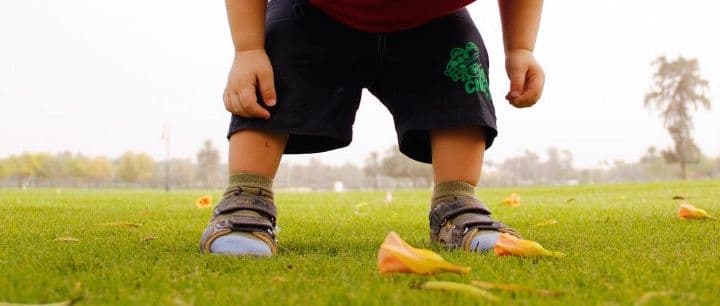Lyme Disease and Children
Infections
Obie Editorial Team

Ticks are more predominant in spring, summer, and fall months, but children can contract the disease any time of year. Most cases of Lyme disease are contracted in June and July when children tend to play outside more often and thus come in contact with more ticks. Not all ticks carry Lyme disease. Lyme disease is caused by the black-legged tick, and only 1 to 3 percent of tick bites cause the disease.
When you see a tick
With increasing awareness of Lyme disease, the first reaction parents have when they see a tick attached to a child’s skin is fear. It is important for parents to calm down and remove the tick immediately. Make sure to remove the tick with a pair of tweezers, pulling gently to prevent the head from detaching from the body. Keep the tick in a jar for future reference. Some parents prefer to take children to the doctor immediately after removing the tick. The pediatrician may start the child on antibiotics to reduce the chance of Lyme disease.
Keep an eye on your child
Watch children for symptoms of Lyme disease after removing the tick. Common symptoms include fatigue, fever, and muscle/joint pain. As soon as symptoms appear, take your child to the pediatrician for antibiotics. Antibiotics stop Lyme disease quickly and effectively when administered early.
Symptoms of Lyme disease develop within two weeks of infection, but some children infected with Lyme disease never exhibit classic symptoms. It is important to note any changes at the site of the bite. These changes may include swelling, red or bull’s eye appearance, and a feeling of heat.
There are three stages of symptoms, with the common symptoms listed above appearing in stage 1. Stage 2 symptoms include facial paralysis, extreme fatigue, carditis, and continuing common cold or flu symptoms. By stage 3, symptoms grow more severe and may include arthritis and body pain.
Treatment
Before 2002, a vaccine was available for Lyme disease. The vaccine has since been removed from the market, so there is no preventative vaccine available for the disease. Treatment of Lyme disease includes antibiotics and medications to reduce pain. Lyme disease is fairly easy to cure, but post-infectious disease syndrome may develop after treatment and last for several years. Symptoms of post-infectious disease syndrome include fatigue, headache and body aches, and pains. Patients may have trouble concentrating. There is no cure for post-infectious disease syndrome.








